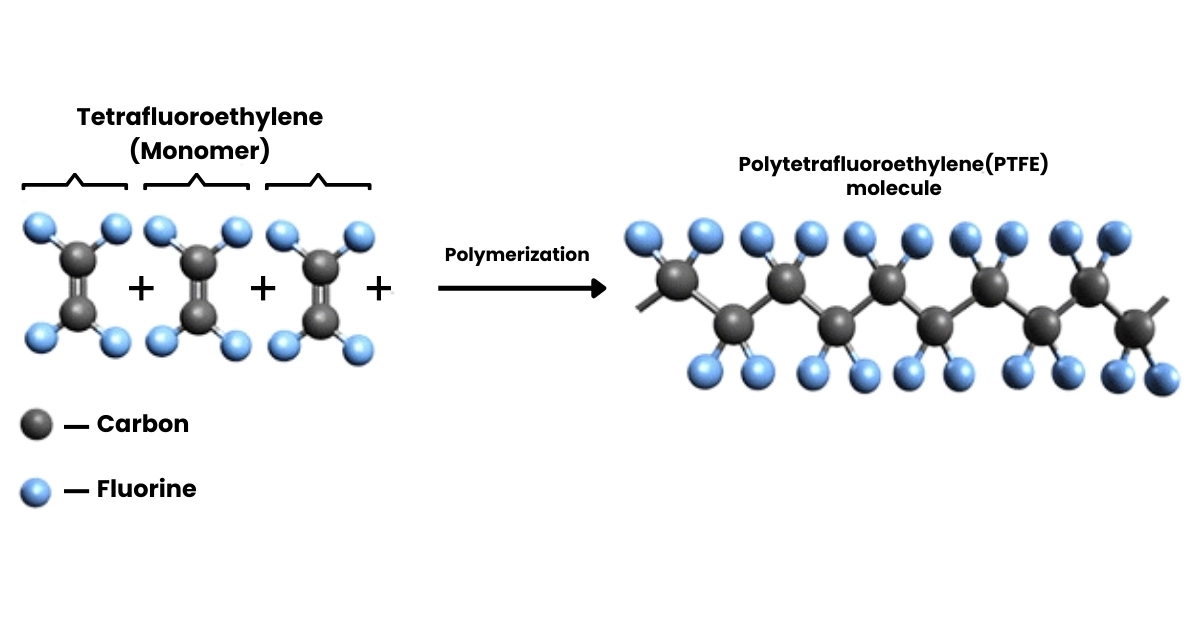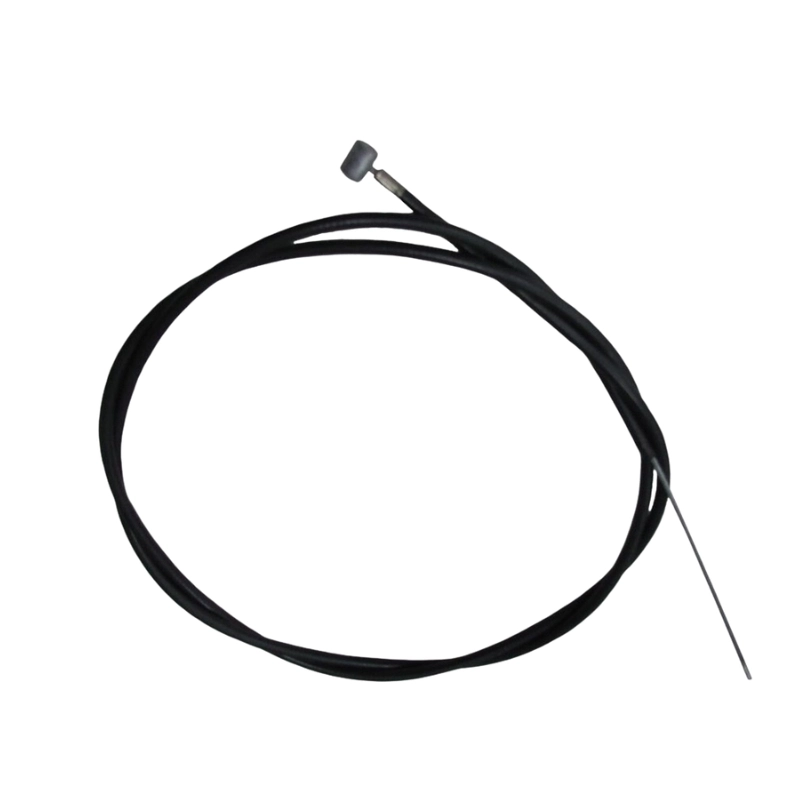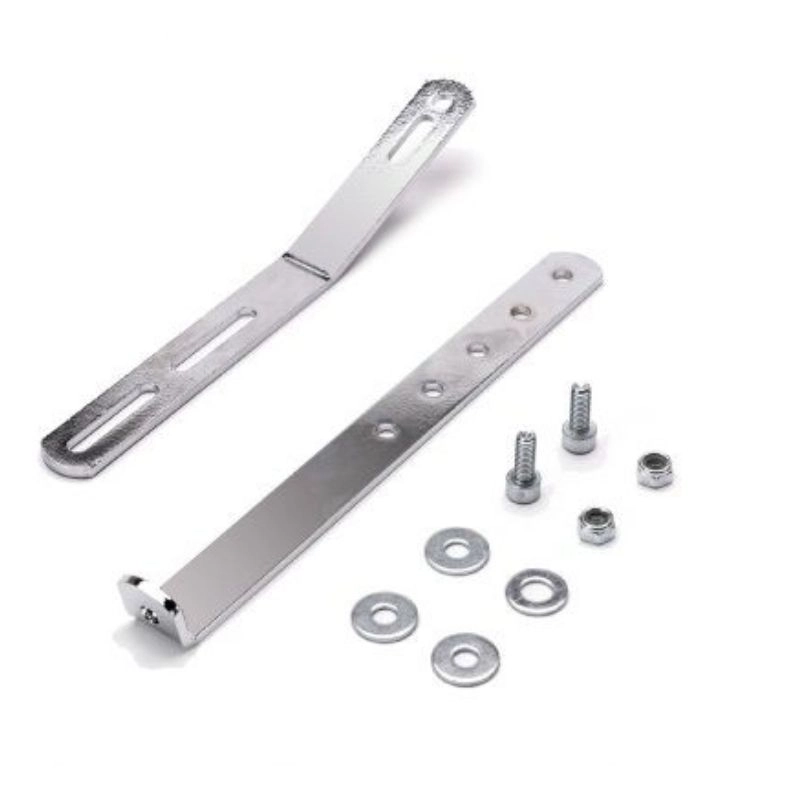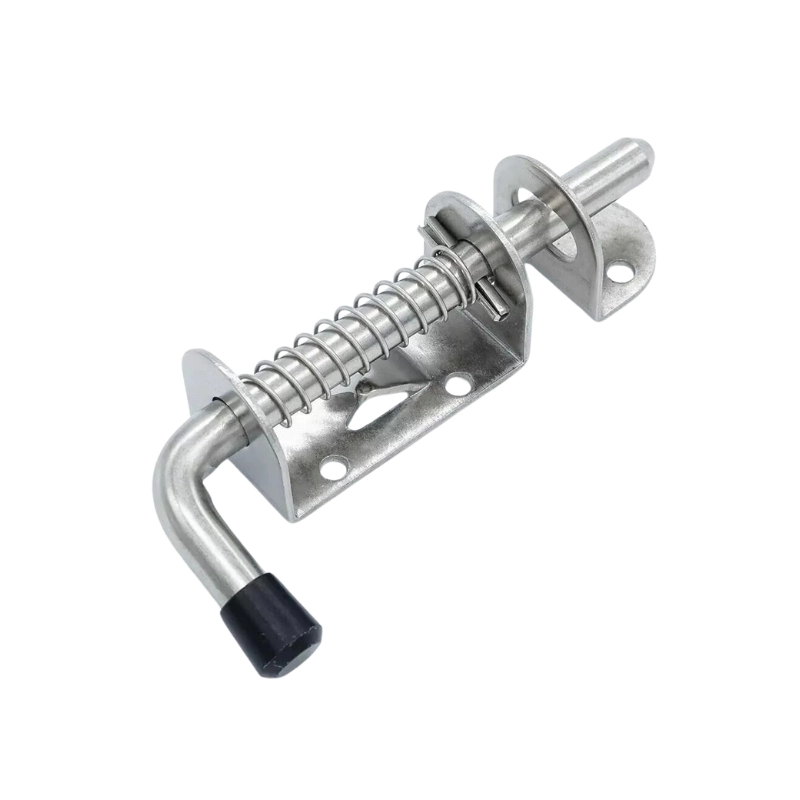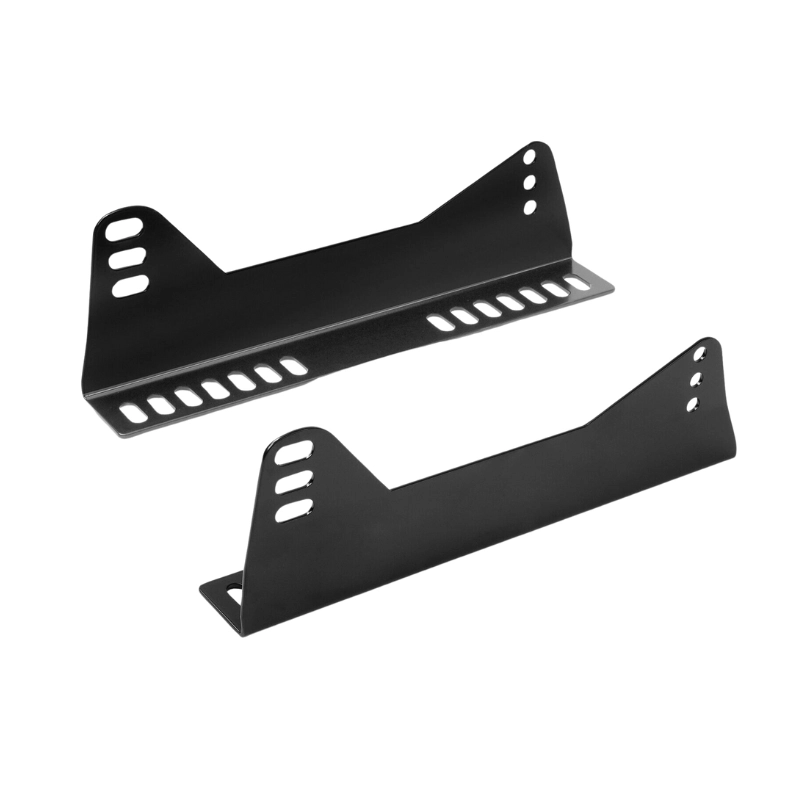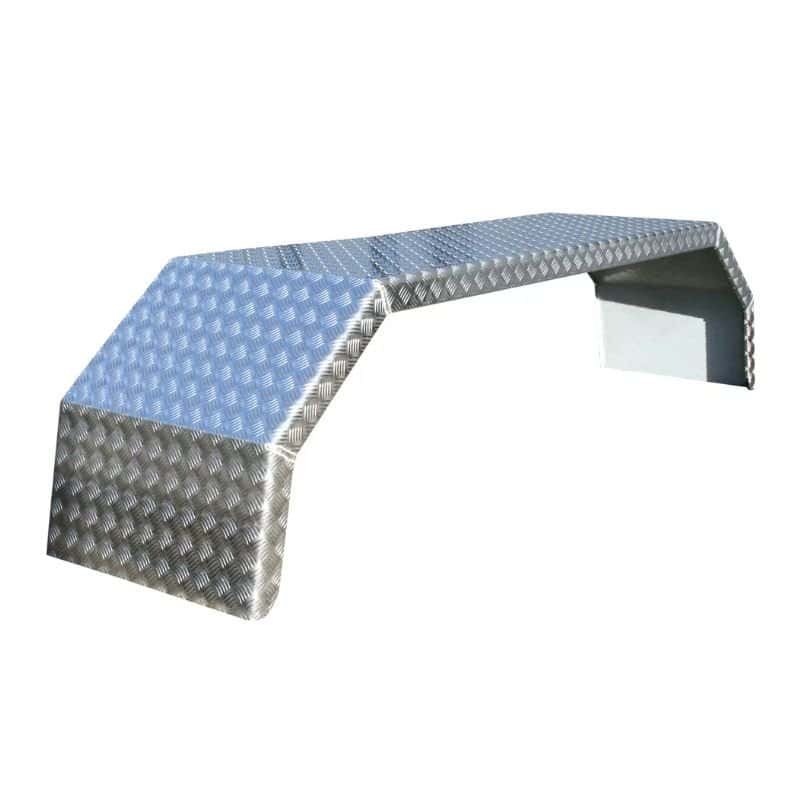Custom-made parts can achieve a range of appearances and functions through various surface treatment methods. Bead blasting, as a common media blasting method, is popular for its ability to create a uniform, smooth surface. This article will help you understand the principles, uses, and advantages of bead blasting, providing valuable insights into your custom metal projects.
What is bead blasting?
Bead blasting is a surface finishing process and a type of abrasive media blasting.
It uses high-pressure air to propel a large number of small spherical particles to impact the material surface at high speed. These spherical particles remove burrs or paint and other attachments on the surface through impact and rolling, giving the surface a uniform and smooth matte or satin finish.
To put it vividly, bead blasting is like hammering the surface of a workpiece smooth with countless tiny spherical hammers. This process will not alter the shape or dimensions of the workpiece.
Therefore, if your workpiece requires a delicate and refined matte or satin texture, bead blasting is a good choice.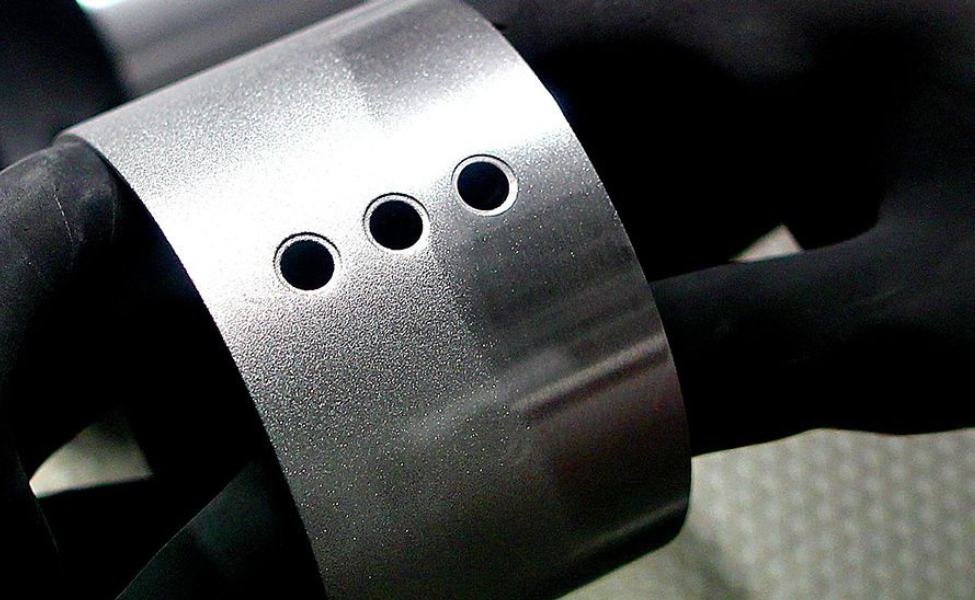
How does bead blasting work?
Pre-preparation
- Before bead blasting, we clean the workpiece to remove any oil or grease from the surface. This ensures that the abrasive balls are free of contamination and evenly impact the substrate surface.
- We select and use the appropriate type and size of bead media, and precisely adjust parameters such as the compressor pressure (usually 2-5 bar), the bead blaster gun’s spray angle and distance (usually 15-30 cm), and the spray time. These parameters are adjusted based on the customer’s desired finish.
تفجير الخرز
- The workpiece to be surface treated is secured to a dedicated conveyor rack within the abrasive blast cabinet. The cabinet door is closed and sealed to prevent the escape of beads and dust.
- The automated blasting system, with pre-set parameters, uses high pressure to evenly apply the beads to the surface of the part according to the program settings. Under system control, the automated machine ensures a consistent finish on every workpiece, a highly efficient process with no safety concerns.
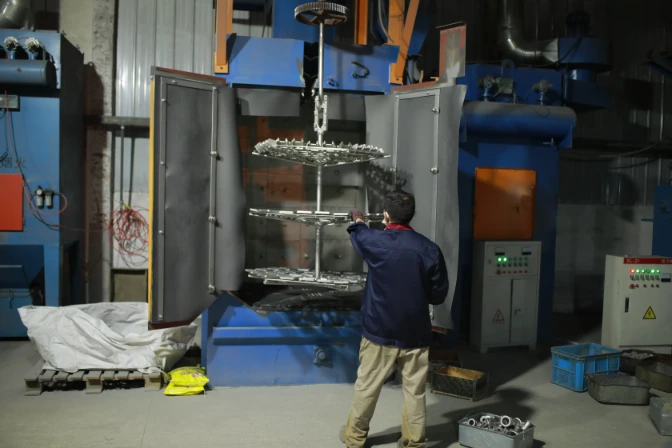
Post-processing
After completing the above steps, use specialized cleaning tools to remove any remaining beads and dust from the surface and gaps of the workpiece. Then, check whether the surface of the workpiece has reached the desired effect. If there are any defects or omissions, we will rework.
When is bead blasting used?
Surface finishing
The most common use of bead blasting is surface beautification. After bead blasting treatment, the surface of the workpiece will show a uniform and delicate matte, frosted, or satin texture, which can conceal minor scratches or marks left by CNC machining, thereby improving the aesthetics.
Cleaning and stripping
When the material surface has rust, light paint, dirt, or other contaminants that need to be cleaned, these impurities can be removed through bead blasting, resulting in a clean surface without damaging the substrate.
Deburring
Parts machined by التحكم الرقمي بالكمبيوتر, تصنيع المعادن، أو cast processing often have burrs and flash along their edges. Bead blasting can efficiently remove these small defects, which is particularly ideal for precision parts with complex shapes. The edges of parts treated with bead blasting are smooth and safe to the touch, reducing potential hazards during subsequent handling.
Preparing for the other finish
The surface treated by bead blasting is clean and slightly rough, which can provide a uniform and easily adherent base for other surface treatments. Therefore, it is often used as a pretreatment for powder coating, الطلاء الكهربائي, color الأكسدة، وما إلى ذلك.
Media used in bead blasting
Different types of spherical media can affect the appearance and texture of bead blasting. The table below will intuitively introduce you to several common media abrasives.
| Media Type | Glass Beads | Plastic Beads | Ceramic Beads | Stainless Steel Beads | Walnut/Corn Cob |
| Surface Texture | Even and delicate matte or satin finish | Soft and clean matte texture | Delicate and consistent matte texture | Matte texture with metallic luster | Slight matte texture |
| Surface Color | Maintain or brighten the substrate color | Maintain the substrate color | Maintain the substrate color | Slightly darkened | Light polishing to brighten |
| المزايا | Mild, polltion-free, low cost | Extremely soft, no damage to soft substrate | Extremely durable, strong deburring and strengthening capabilities | Durable, clean, and reinforced | Environmentally friendly and low cost |
| العيوب | Easily breakable and weak cleaning power | Consumes quickly | Expensive unit price | High energy consumption | Disposable |
| Ideal Application | Surface finishing and gentle cleansing | Ideal for extremely soft or highly sensitive materials | High-quality, high-volume deburring | Cleaning, matte finishing, and strengthening of stainless steel. | Dry cleaning |
| Appliable Substrate Materials | Stainless steel, aluminum, titanium, copper, brass | Aluminum, magnesium, plastic, carbon fiber | Die steel, stainless steel, titanium alloy | Stainless steel, aluminum, copper | All materials,especially plastic and wood |
| قابلية إعادة التدوير | معتدل | فقير | ممتاز | ممتاز | سيء للغاية |
| حجم الجسيمات | 40-150 μm | 100-500 μm | 50-150 μm | 100-300 μm | Powdery to fine granules |
Materials can be bead blasted
المعادن
Metal is the most common material that can be bead blasted. If your custom metal product requires bead blasting after finishing, HDC can provide you with a one-stop service.
الفولاذ المقاوم للصدأ
الفولاذ المقاوم للصدأ is suitable for bead blasting due to its high strength and good toughness. After bead blasting, the surface of stainless steel parts presents a matte or satin texture ranging from light gray to medium gray, and the surface is very stable. This treatment method is commonly used for many stainless steel medical instruments and high-end kitchenware.
Aluminum and aluminum alloy
الألومنيوم and aluminum alloys have good ductility and toughness, making it easy to achieve an even surface effect when performing bead blasting. The treated surface generally presents a matte texture ranging from dark gray to gray-black. In most cases, bead blasting of aluminum is done to facilitate better subsequent anodizing, resulting in a more uniform and strongly adherent oxide film.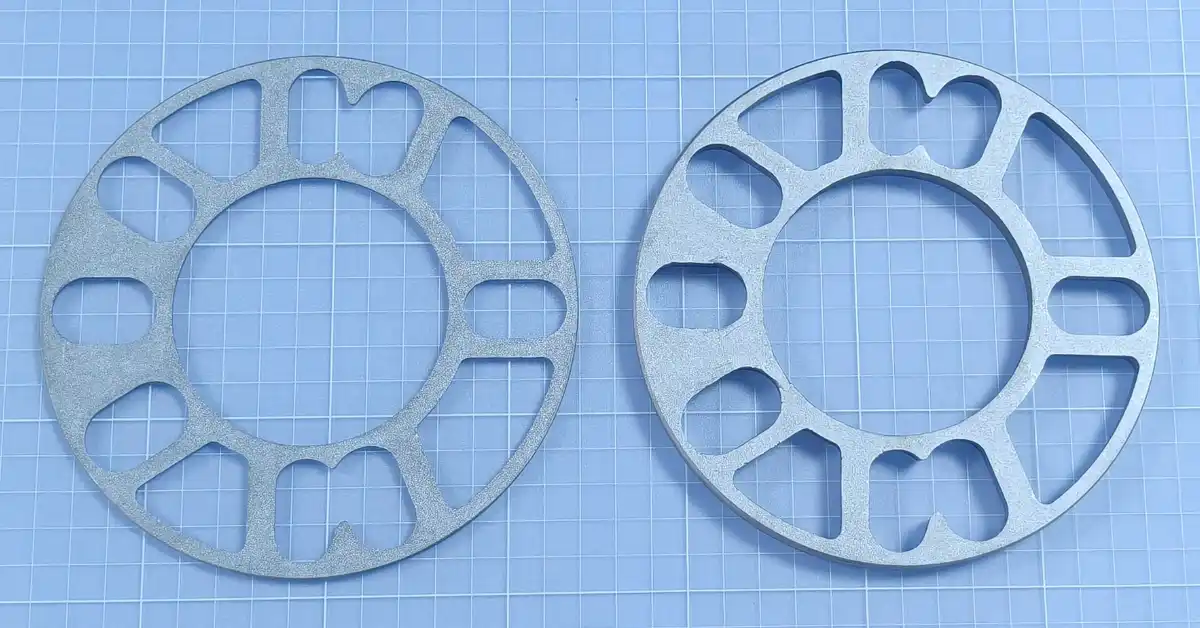
Titanium and titanium alloy
التيتانيوم and its alloys have high strength and corrosion resistance. After bead blasting, they can form a stable and uniform dark gray surface with a delicate and premium matte texture, making them an ideal substrate for PVD coating.
Steel and carbon steel
Bead blasting is often used as a pre-treatment for steel and الفولاذ الكربوني parts before painting or rust protection. It is mainly used to remove oil or rust, thereby thoroughly cleaning the surface. After bead blasting, the steel and carbon steel surface has a distinct rough matte texture, which provides strong adhesion for subsequent coating treatment.
Non-metallic materials
Besides metals, many non-metallic materials can also be bead blasted, such as glass, بلاستيك (acrylic), and wood. The most common examples are glass panels on microwave ovens and plastic casings on electronic devices.
Pros and cons of bead blasting
المزايا
- The surfaces of parts treated with bead blasting exhibit a uniform and consistent matte, satin, or frosted texture, and can hide fingerprints and scratches, which is something many other surface treatment processes cannot achieve.
- Bead blasting uses spherical media to impact the surface, providing a gentle treatment that does not alter the shape or dimensions of the parts, making it ideal for precision components.
- The particle size of the bead media is generally very small, allowing for uniform treatment of grooves and inner holes, so even parts with complex shapes and fine designs can be processed without much difficulty.
- The application range of bead blasting is extensive; most metal materials can undergo bead blasting, and whether for cleaning, deburring, or surface beautification, bead blasting can achieve the desired effect.
العيوب
- If workpieces treated with bead blasting are not thoroughly cleaned, residual media particles or debris on the surface can affect the product’s appearance and quality.
- Bead blasting requires precise selection of spherical media, machine parameter settings, and precise timing. Any error in the operating details can affect the final surface appearance.
- During the bead blasting process, if the blasting chamber is not completely sealed, dust generated can leak into the workshop air, potentially harming human health over the long term.
مقارنة مع معالجات السطح الأخرى
Bead blasting vs sandblasting
The main feature of bead blasting is that it uses spherical abrasive particles, while النفخ الرملي commonly uses angular particles. This results in a rough, dull surface with scratches, unlike the uniform and smooth metallic texture achieved by bead blasting.
However, sandblasting can remove thicker paint, coatings, or rust completely, providing significantly greater effectiveness and efficiency than bead blasting.
Bead blasting vs power coating
Bead blasted parts retain the color and appearance of the base material, making the finish permanent. Powder coating, on the other hand, covers the material with a colored film, which carries the risk of peeling, scratching, or abrasion.
However, powder coating provides corrosion protection, which bead blasting cannot provide.
خاتمة
Bead blasting is a good choice for your project if you want your products to have a more textured and high-end style. At HDC, we can perform bead blasting on castings, CNC-machined parts, forged parts, and sheet metal components. If you are interested, please contact us. We provide a one-stop custom metal processing service, including bead blasting.
اكتشف المزيد مع منشورات مدونتنا.
المشاركات الاخيرة
اكتشف المزيد عن منتجاتنا
منتجات HDC
اقتباس فوري!
